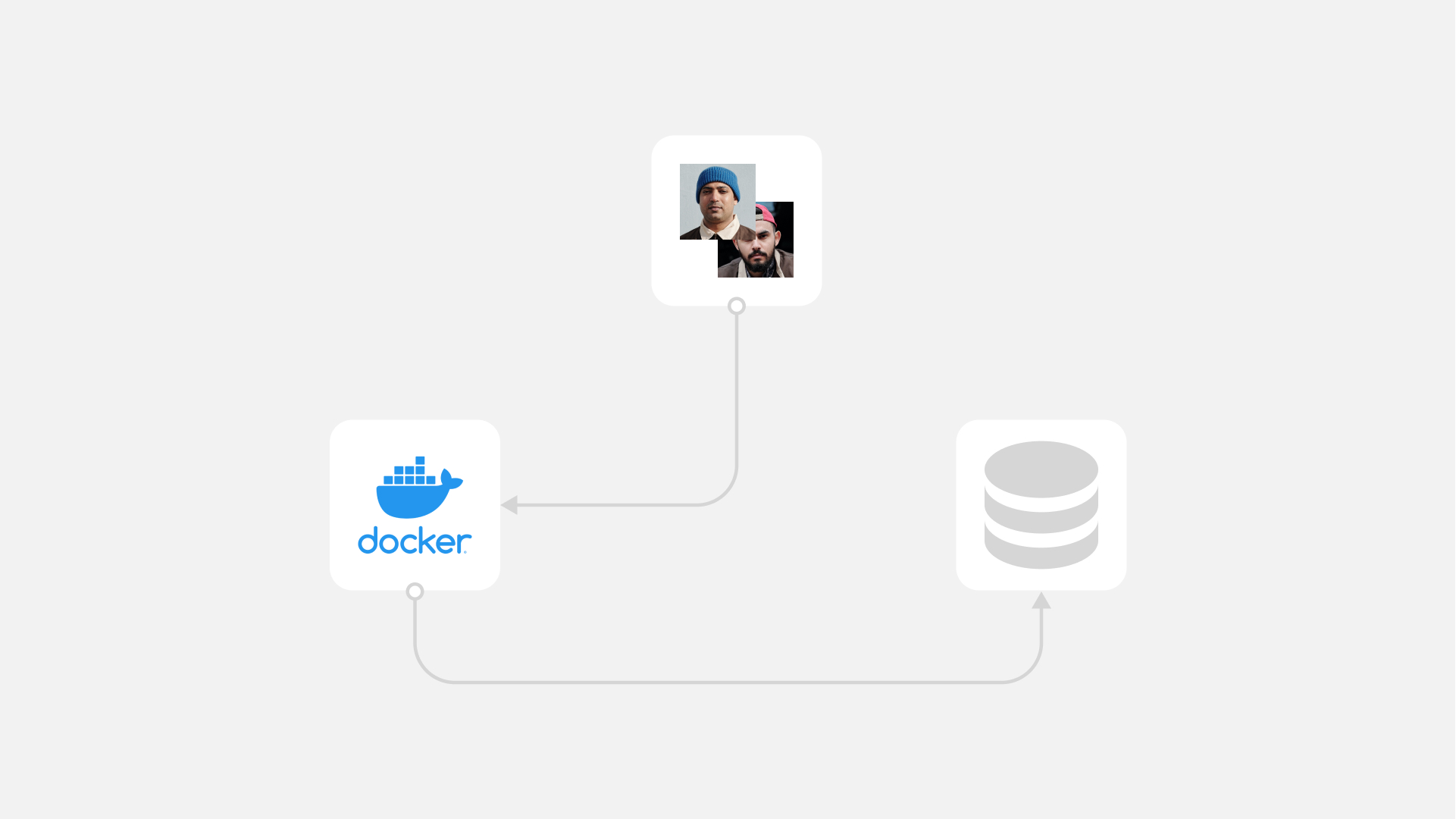The Facial recognition tool is a software made for Jetson Nano devices that can perform fast face recognition with the lowest false-positive ratio possible (⩽2%). This solution is meant to be used for factories, huge office spaces and other social organizations with restricted access to its territory. Its purpose is to provide effective and frictionless employee identification.
Generally, the task was to create a system that would be able to work with a video stream from a camera and: a) detect human faces in every frame and distinguish them from the background; b) recognize faces and compare them to descriptive vectors in the database; c) return a signal with information if a face is in the database or not.
To upload a new dataset into the database the administrator will use a simple Docker script that picks all the images and metadata from a specified folder.

The project was tested and accepted by the client. After some minor improvements, the system was launched on several facilities in Mexico, where the staff turnover sometimes exceeds 100% per year.
Business value
Our system helps to solve some of the problems related to the staff turnover by simplifying the process of the employee database update and eliminating the need of mesmerizing every worker personally. It also improves security measures and accelerates the checkpoint passage.